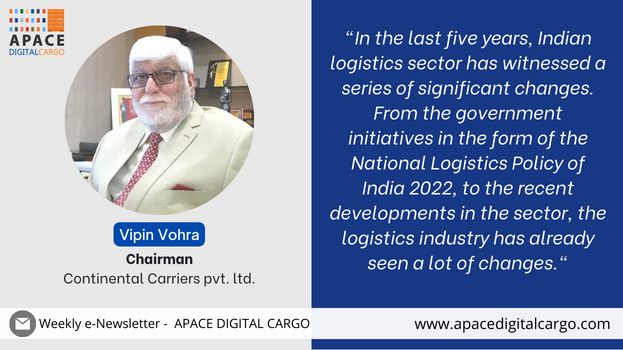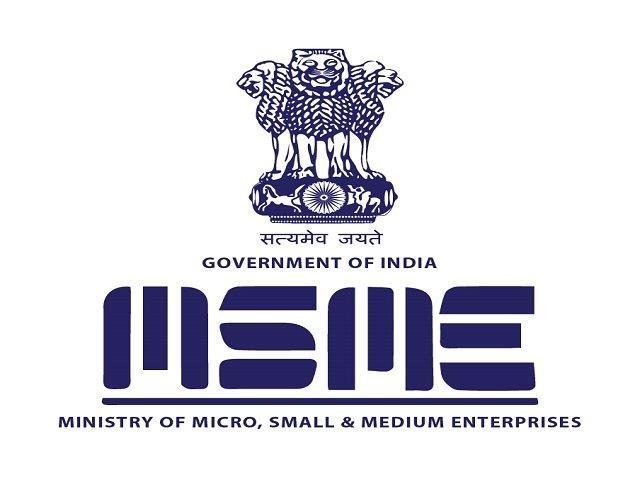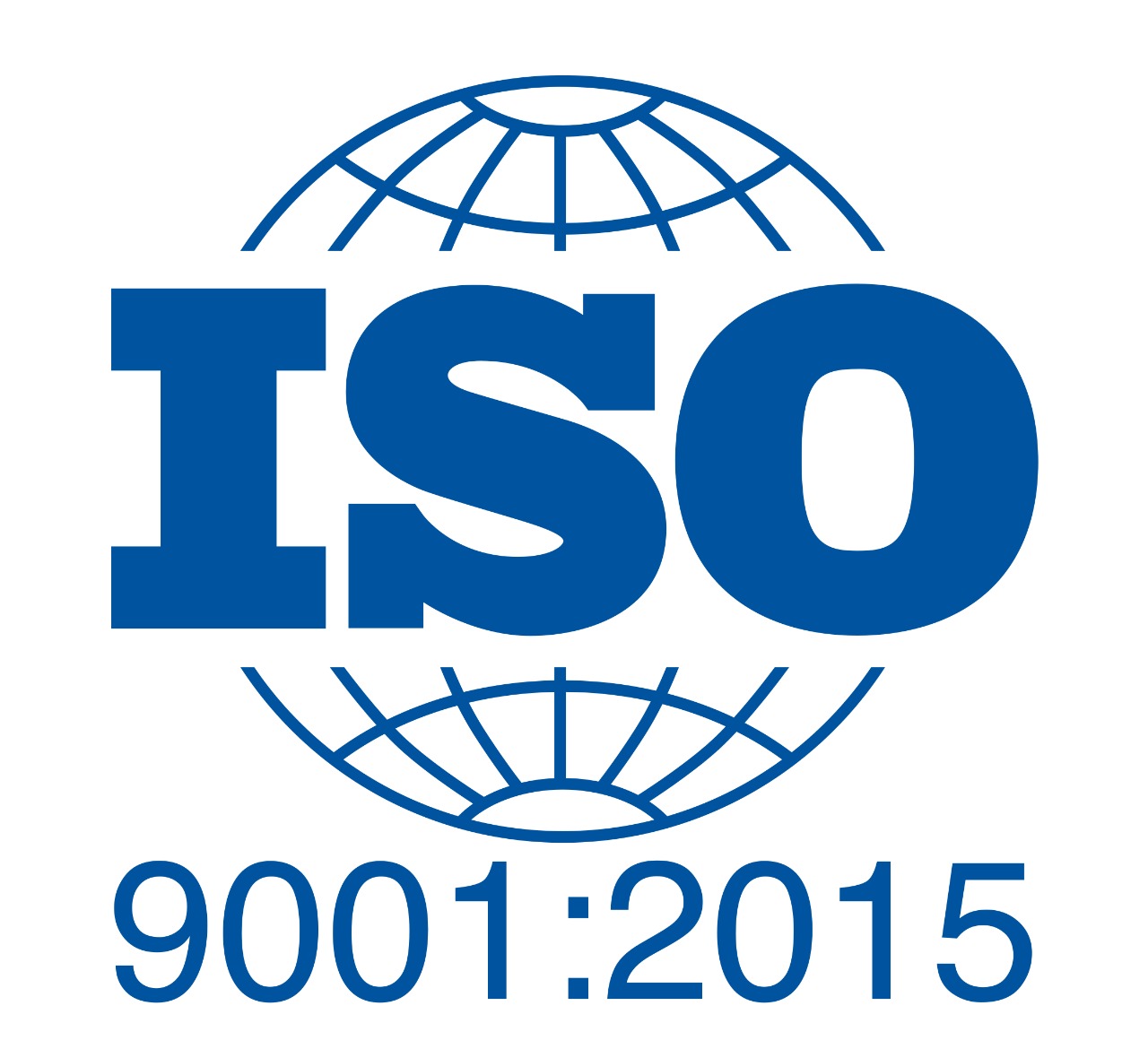
Apace Digital Cargo welcomes the new year 2023 with insights from the major industry players on the major logistics or cargo related transformations in 2022 and what they think it would be like in 2023. We are running a series on #LogisticsTrends2023 . Stay Tuned!
We will begin with the industry veteran Vipin Vohra, the Chairman of Continental Carriers Pvt Ltd, who is not only the senior and experienced member of the industry but is also known for his closely working with the Government of India and the national chambers like PHD Chamber of Commerce. Here are the excerpts…
1. What was the greatest trend in the logistics industry in 2022 according to you?
Logistics is the backbone of every economy, and as the world recovers from the pandemic, the need for extraordinary practices has emerged to keep up with the challenges. The logistics and supply chain industry has evolved significantly within the last decade. New technologies and computer-aided business approaches have become essential more than ever.
• Digitisation : Most Logistics companies have opted for digitisation making it a prominent game changer. Informationtechnology is a crucial aspect in operations. It consists of the use of digital technologies to add insights and modify the business models providing high revenue and expose the logistics companies to better opportunities.
• Supply chain transparency : Rapid changes have taken place in the technology landscape of supply chain management. Automating processes is essential for keeping up with the pace. It is imperative for systems and data to be integrated, workers to have new resources, and managers to have a better understanding of the supply chain trends. These are the basic elements of supply chain management that help the organisation better meet its customers’ needs. To ensure sustainable organisational growth, forecasting and distribution must be implemented effectively in a data-driven world.There has been an emphasis on adapting every node of the network to the needs of the consumer, considering factors like sourcing, trade policies, mode of shipment, and others.
• Integrated logistics ecosystem : The e-commerce industry was a godsend in the wake of the global COVID-19 pandemic. As countries enforced multiple lockdowns, the logistics systems established by e-commerce enabled retailers to sell, and consumers to avail of essential supplies and other products. The enabler for the e-commerce industry is the availability of a robust and resilient logistics system. With end-to-end, integrated logistics services available, businesses are able to concentrate on consumers, products and marketing. The launch of PM Gati Shakti National Master Plan(NMP) has provided overarching interdisciplinary cross sectoral and multi-jurisdictional framework for the development of logistics ecosystem in the country.
2. According to you, what are the milestones achieved for the industry in 2022?
In the last five years, Indian logistics sector has witnessed a series of significant changes. From the government initiatives in the form of the National Logistics Policy of India 2022, to the recent developments in the sector, the logistics industry has already seen a lot of changes. The National Logistics Policy of India 2022 is a significant milestone in India’s logistics journey. It is the first policy-based document that provides a holistic perspective on the logistics sector and its role in the country. The policy’s aim is to provide a comprehensive approach on the logistics sector and its role in the country. The document has been developed to address the challenges faced by the logistics sector and the emerging opportunities in the future.
The Policy is envisaged to bring efficiency in logistics services, and human resources through streamlining processes, regulatory framework, skill development, mainstreaming logistics in higher education and, adoption of suitable technologies. The vision is to develop a technologically enabled, integrated, cost-efficient, resilient, sustainable, and trusted logistics ecosystem for inclusive growth. The Policy has fixed targets that include an action plan to achieve them.
3. With the digital transformation in the logistics industry, technology has reshaped the industry by increasing productivity in the supply chain and reducing costs and errors. What is your opinion and how will it take shape in 2023?
Digitisation is a key resource for modern businesses since it reduces costs and increases efficiencies, plus it frees the manpower to do other, more productive activities. Digitisation power can be harnessed by Logistics companies by implementing end-to-end integrations between their respective systems and the clients’ solutions that are growing in popularity.System integration can significantly streamline the business’ data flows by automatically sourcing and compiling critical information from various locations. The information presented is also up-to-date since it is collected in real-time. Additionally, data is presented in organised, visually appealing, and easy –to – understand formats. With streamlined data-flows,operational monitoring and management can be optimised by having access to more complete data, along with greater insights into business processes, highlighting the areas of improvement.
4. How do you see the government intervention in the sector? What are the expectations?
The government is determined to ease the supply chain bottlenecks and expedite the development of the integrated logistics ecosystem. With the introduction of National Logistics Policy 2022, Govt has laid down the comprehensive policy framework for the development of USD 200 billion logistics industry. With the launch of PM Gati Shakti National Master Plan (NMP), Govt will be able to mitigate the challenges arising due to lack of coordination between different departments. This digital platform will integrate all major ministries including Railways, Roadways, Waterways and Civil Aviation. During 2023, Govt intervention is solicited in:
• Exemption of GST be renewed with effect from October 1, 2022 for international transportation/ freight services via air and ocean for export shipments. Permanentexemption rather than year-to-year extensions, to help bring regulatory certainty for the Indian transportation industry and in turn, India’s export industry.
• Operationalization of Air Freight Stations, created to fulfil the goals of National Logistics Policy 2022 by approving ‘single rate’ TSP charges for AFS cargo.
• Rationalization of the Air Cargo handling tariff keeping in view Govt of India’s aim to provide a level playing field across the freight forwarding industry and its sustained efforts to reduce India’s logistics cost as embodied by the comprehensive National Logistics Policy recently launched by the Hon’ble Prime Minister Narendra Modi, on September 17, 2022.
5. Will sustainability be the trend for the industry?
The events of 2020 to 2022 due to Covid -19 lockdown and its after-effects have disrupted the entire supply chain including the logistics industry. The logistics landscape is riddled with uncertainty and disruption, but it is also ripe for digital transformation and new opportunities. Logistics companies that succeed in this environment and beyond will embrace a combination of the top logistics industry trends, becoming better equipped and resilient to supply chain shocks. As the logistics industry navigates into 2023, the above-mentioned emerging trends in logistics may impact logistics business.
6. What is the Outlook 2023 for the logistics industry?
Logistics industry constantly seek faster and cost-efficient solutions to keep the end users-satisfied. Investing in modern trends and new technologies is critical to improve supply chain services towards operational excellence.
• The COVID-19 pandemic and the worldwide lockdowns affected business badly, and since then, more companies have been implementing digital collaboration solutions to replace traditional communication methods.
• Online shopping has taken over the world, and this has brought many challenges to logistics companies as the need for cheap and fast delivery boosted dramatically. Many retail e-commerce models offer free or discounted shipping, which puts a lot of pressure on logistic service providers. The problem of last-mile delivery is the cost of delivering packages to the end consumer, and it acquires the most significant share of the shipping cost, whether the consumer is in a rural area that would take 2-3 miles of driving or in the city, where traffic jams will cause delays and waste resources.
• Competition is as fierce as ever and there’s no sign of competition easing. Supplier relationships are a practical step any business should take to protect themselves from a startup disrupting the industry or a huge brand extending into your market.
• Supplier relationship management means working with suppliers to develop solutions and reduce costs, share information in an effort to optimise, and look for ways to increase sustainability.
• Another trend that will be observed in the future is the use of multimodal logistics. Multimodal or multichannel logistics refers to the use of a combination of all modes of transportation, including road, sea, air, and rail, to ship goods. As recent events have identified the vulnerabilities of the logistics sector, logistics managers are trying to reduce the dependency on one mode of shipping.






